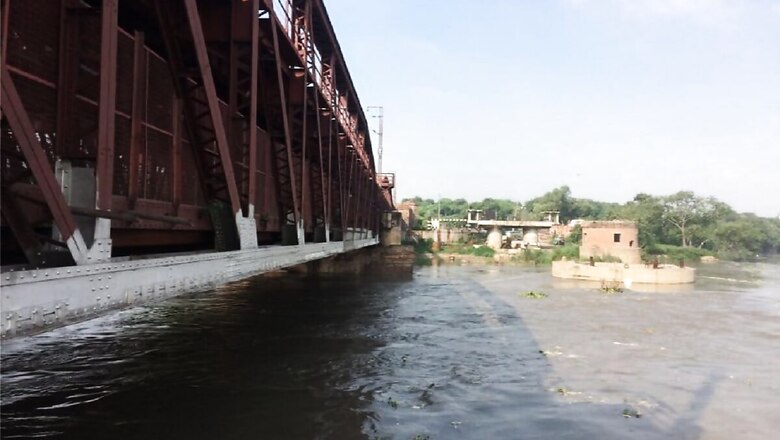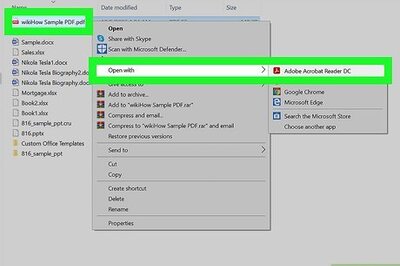
views
The National Green Tribunal (NGT)-appointed Yamuna Monitoring Committee has recommended revisiting the 1994 water sharing agreement between Uttarakhand, Himachal Pradesh, Uttar Pradesh, Haryana and Delhi to ensure environmental flow in the river throughout the year.
The two-member panel, comprising retired NGT expert member BS Sajawan and former Delhi chief secretary Shailaja Chandra, made the recommendation on the basis of a draft report on "E-flow for the Delhi stretch of the river".
The environmental flow requirement is the "acceptable flow regime required to maintain the river in reasonable condition or predetermined state".
"The Ministry of Jal Shakti, Upper Yamuna River Board and the riparian states of Uttarakhand, Himachal Pradesh, Uttar Pradesh, Haryana and Delhi rework the 1994 water sharing agreement to permit release of the recommended E-flow at Hathnikund Barrage," the panel said.
The report prepared by the National Institute of Hydrology, Roorkee, recommended that 23 cumec water be released in Yamuna from the Hathnikund Barrage in Haryana's Yamuna Nagar district instead of 10 cumec in January and February for sustaining downstream ecosystems.
The barrage regulates the flow of the river for irrigation in Haryana and Uttar Pradesh through Western and Eastern Yamuna Canals, and municipal water supply to Delhi.
The report said 26 cumec, 29 cumec, 34 cumec and 44 cumec water should be released in the river in March, April, May and June, respectively. At present, 10 cumec is being released in the river in March, April and May and 18 cumec in June.
A minimum release of 158 cumec, 220 cumec and 149 cumec is recommended in July, August and September instead of 275 cumec, 298 cumec and 160 cumec, it said.
Based on the report, the panel said the Ministry of Jal Shakti, Upper Yamuna River Board and the riparian states should ensure release of 44 cumec, 27 cumec and 24 cumec water in the river from the barrage in October, November and December, respectively.
The NIH report also recommended reduction in diversions to Western Yamuna Canal and Eastern Yamuna Canal by increasing irrigation efficiency in their command areas.
At present, 78.5 percent and 13 percent of inflows at Hathnikund Barrage are diverted to WYC command and EYC command during non-monsoon season. Thus, only a meagre 8.5 percent of inflows are released into the river.
"Regulate groundwater withdrawal in the basin, especially in the Mawi-Baghpat stretch and augment groundwater recharge to sustain baseflows," it said.


















Comments
0 comment